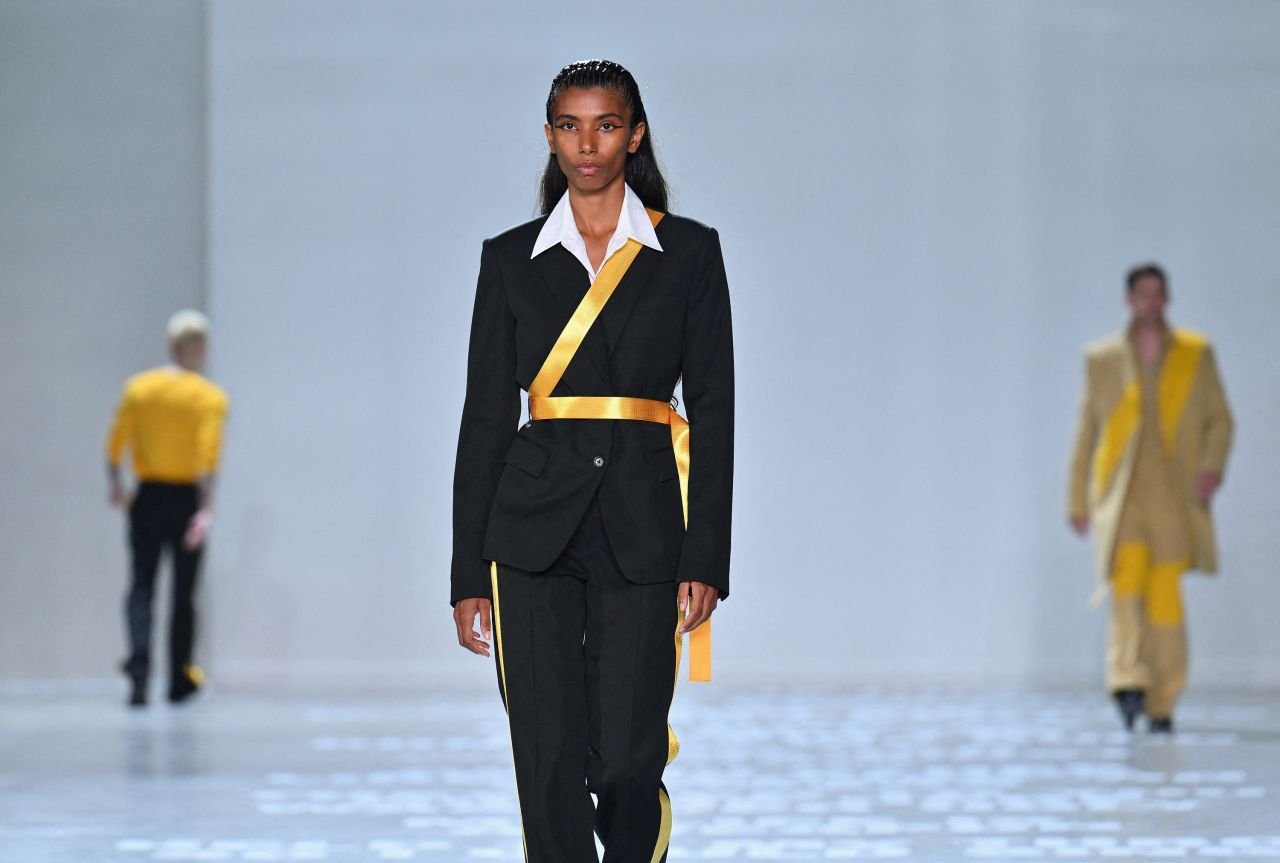Boycotting Fashion Brands: Does It Really Make A Difference?
The past few weeks and months in the fashion world have not been without controversy. After appearing at his Paris Fashion Week show in a ‘white lives matter’ shirt, Kanye West’s incessant and despicable antisemitism online and off came rising to the forefront of conversations in the fashion industry surrounding inclusivity and racism. The past several weeks have been dominated by Balenciaga’s abhorrent recent advertising campaign that not only featured children in a sexualised manner but the supposed condoning of a US supreme court decision surrounding child pornography laws. The backlash for both situations has been gargantuan and led to boycotts of both Balenciaga and West’s fashion brand Yeezy. Members of the public have taken to social media to air their grievances with the brands and those involved with many choosing to video themselves destroying and/or throwing out their items of clothing from said brands. Many online have praised this behaviour, while others have called it redundant raising the question of whether boycotting a billion-dollar fashion brand can truly make a modicum of difference.
In recent years, as global conversations around racism and prejudice have grown, there have also been discussions around performative activism. Described as ‘activism done to increase one's social capital rather than because of one's devotion to a cause,’ performative activism has become the easy way to show to the world that you care about a specific topic or issue plaguing the planet, be that climate change, racism or a deeply offensive set of advertising images. Posting a black square to your Instagram feed in the wake of George Floyd’s death or sharing an infographic on your stories about the treatment of women in Iran can be considered performative activism, and yet the person posting may only have good and true intentions. The danger of activism online is never really being able to gauge someone’s true aims. It can be hard to decipher whether someone is burning their Yeezy’s on video because they want to deliver a powerful statement to Kanye West and those like him, or they just dream of going viral and having their 15 minutes of fame.
Humans can create and build but equally, we can destroy which is perhaps our most powerful ability. We have a long and varied history of destroying items in order to send a message. Whether that be William the Conqueror harrying the North to force the rest of England to bend to his will and power or women of the 1970s burning their bras in the name of freedom (although, there is much proof that this rarely happened. Regardless, it has stuck in the minds of many and thus has had an impact.) we have done it all. A modern example of burning specifically clothing to spite the far right involved the costume department of Amazon’s Man in The High Castle cutting up and burning every single swastika used in the production. "Even in the Smith apartment, where there were home furnishings that had swastikas, it was all destroyed if it couldn't be stripped down or hammered away," said exec producer Isa Dick Hackett. "That was for the show, and not for collectors." All of these examples (please note: not supporting Harrying of the North) achieved what they set out to do. In their acts of destruction, they either created change or sent a very strong message.
What message does burning a Balenciaga Le Cagole send to Demna and those at Kering, and do they even care? Kering’s stock price fell by more than 1% on November 16th, the day the images were released, a clear indication that the first initial outburst of backlash did in fact hinder the company monetarily. However, if Balenciaga had been able to sweep the mess under the carpet and keep anger at bay they would have almost certainly been able to recover their stocks rather swiftly and smoothly. The opposite has happened. Celebrities and public figures, including Princess Madeleine of Sweden and the closely associated Kim Kardashian, only added fuel to the fire and kept the discussions in the mainstream.
Under most videos online either verbally calling out the brand or destroying items you will find at least several comments enquiring as to what exactly Balenciaga had done to cause such outrage. They are then taught. One more person now understands the outrage and may also speak out against the brand themselves. These videos have perhaps done the most dangerous thing they could possibly do for Kering, they have bought attention.
It doesn’t take a rocket scientist to recognise that burning a pair of Yeezy’s isn’t going to directly take money from the brand, instead, you are just demolishing your own hard-earned cash and wasting a product. However, this isn’t necessarily the main point to be taking from this dialogue. Attention is both desired from a fashion brand and yet also feared. Attention can bring you worldwide fame and billions of dollars. It can also encourage people to never buy your products again and lead to bankruptcy. As consumers we have a right, in fact, we have a duty, to make companies know of our complaints and destroying items on camera may just be the most excellent way to do so.








